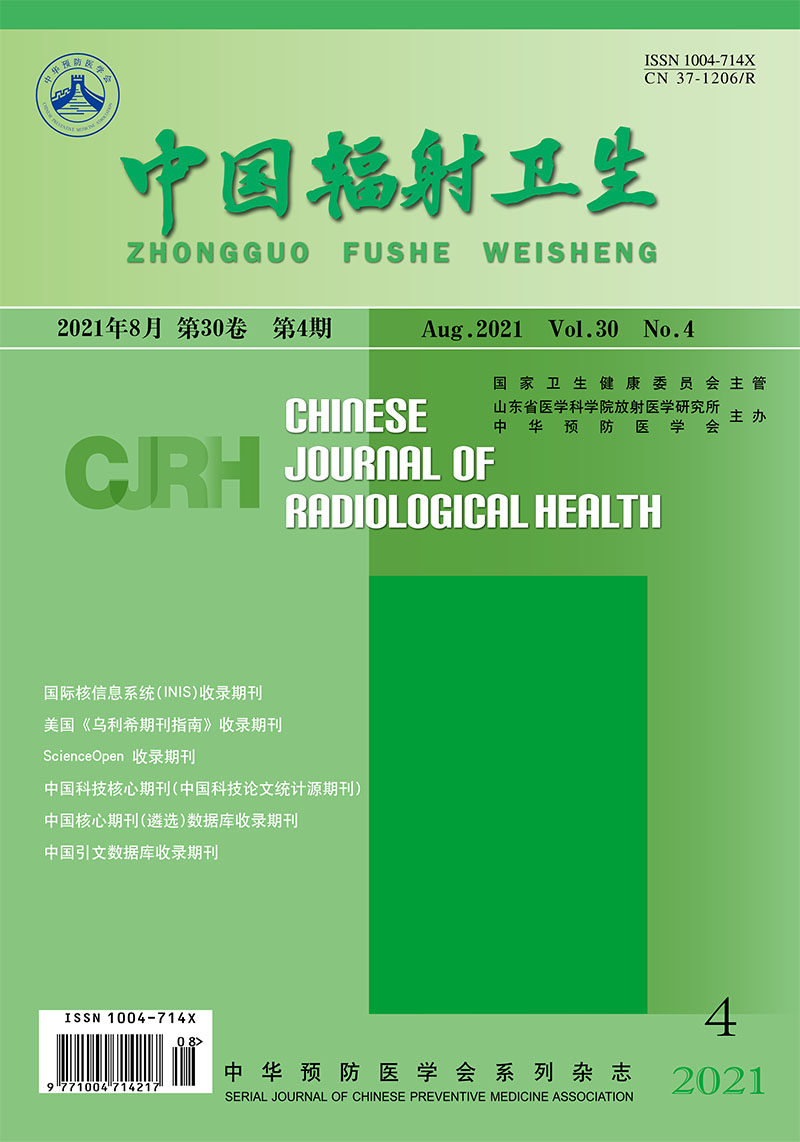ZENG Zili, LIN feng, TAN yong
Objective To measure set-up errors in intensity modulated radiotherapy of postoperative rectal cancer (IMRTPRC), and analyze the effects of target volumes and normal tissues by set-up errors in IMRTPRC.Methods electrical field device was used to measure the set-up errors of 30 patients in IMRTPRC; we randomly selected 6 patients, and simulated their radiotherapy set-up errors in TPS. Then were counted the dose distribution and analyze relative dosimetrical parameters of target volumes, normal tissues and got the set-up errors effecting on dosimetry. Statistical analysis was performed using an SPSS statistical package(Version 19.0).Results The set-up errors on X, Y and Z direction are (-0.82 ±2.67) mm, (0.42 ±2.91) mm and (0.47 ±1.64) mm respectively. In regard to set-up errors of L5, R7, G8, T5, B6 and A4, most of statistical properties of PTV’s D98%, D95%, D50%, D2%, Hi and Ci are smaller than 0.05, so the differences have statistical values; In L5-Hi, G8-D2%, T5-D50% and B6-D2%, so these differences have not statistical value (P>0.05). In L5, R7, G8, T5, B6 and A4, about half of the statistical properties of normal tissue like bowl, bladder and femur heads, are smaller than 0.05 and have statistical value, and the rest of them are negative.Conclusion The dose of PTV is decreased due toset-up error. Uniformity and conformity is also gone bad. So the dosimetry quantity of PTV can not get reach to the initial design level. However, the dose of normal tissues like bowl, bladder and femur heads, are increased unexpectedly.

